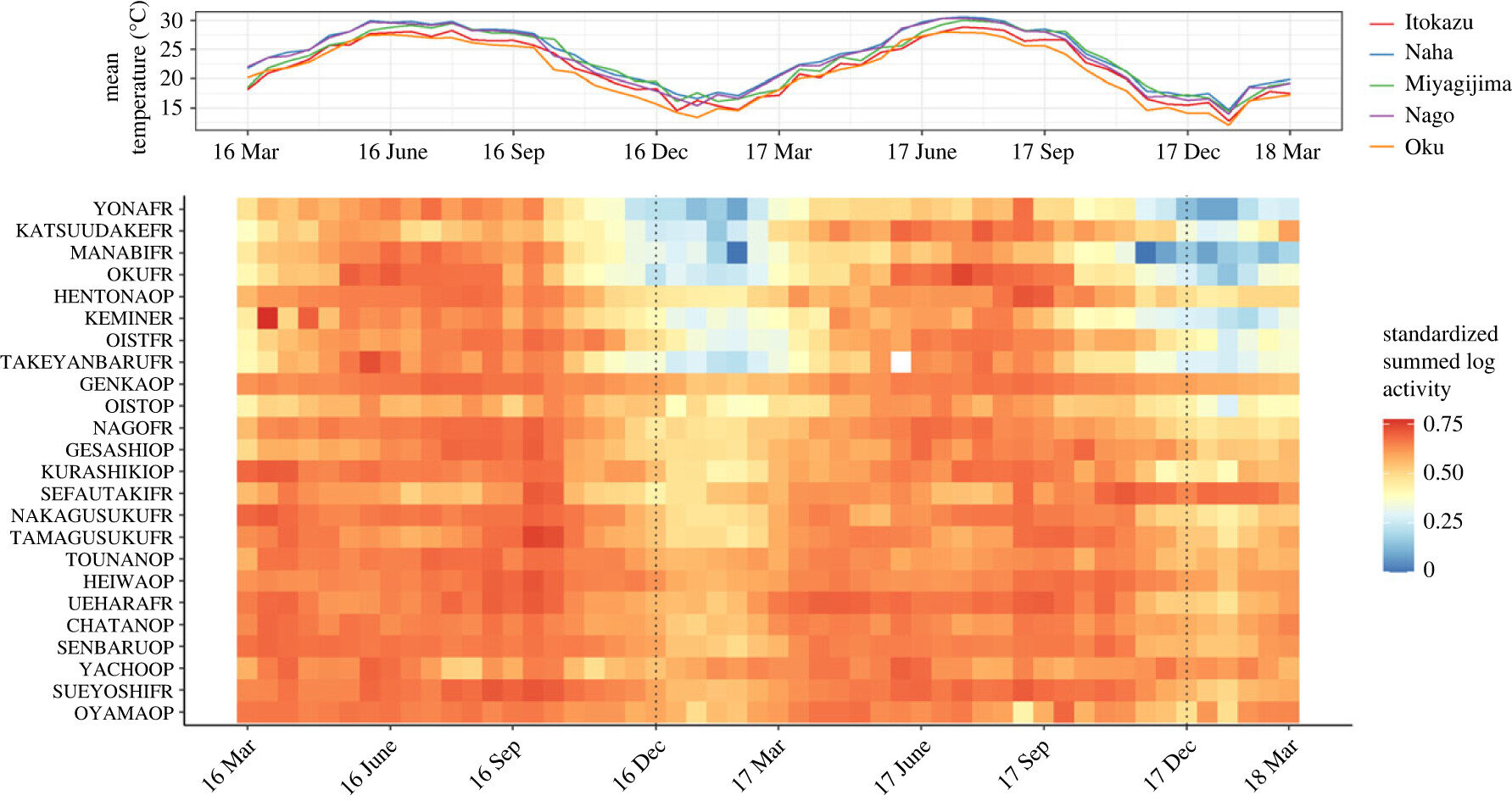Insects are vital for maintaining the health of ecosystems, but our understanding of how human activities impact their populations is limited. This lack of knowledge is concerning, especially considering the decline of insect populations and the severe consequences this has on ecosystems and agriculture.
Fortunately, researchers at the Okinawa Institute of Science and Technology (OIST) have taken the lead in a project to shed light on how changes in land cover affect the seasonal behavior of ant communities in Okinawa. By collecting and identifying a staggering 1.2 million ants from various environments across Okinawa Island, they made a fascinating discovery. Ant communities in areas with more human development lose their natural seasonal behavior and become more unpredictable compared to sites with greater forest cover.
These groundbreaking results have been published in the prestigious journal Proceedings of the Royal Society B: Biological Sciences. In natural environments, insects tend to be more active in spring and summer, and less active in winter. This pattern repeats every year. However, this study reveals how human-induced changes to land cover can disrupt these patterns, which are crucial for important ecosystem services that people rely on.
To gather data, worker ants were collected every two weeks from traps set up across 24 sites in the Okinawa Environmental Observation Network (OKEON), managed by the Environmental Science and Informatics Section at OIST. The researchers identified different ant species and counted their numbers. Using this data, they calculated the variation in ant communities over time and analyzed the relationship with land cover using remote sensing imagery.
The findings showed that communities in developed areas were changing less over time compared to forested ones. Further investigation revealed that the seasonality of these communities, in particular, was diminished in areas with more human development. “In forest areas, these natural seasonal cycles are preserved; however, in areas with more human development activities, these patterns become disrupted and degraded,” explained Prof. Evan Economo, head of OIST’s Biodiversity and Biocomplexity Unit. “This results in a certain unpredictability regarding which species are active and a reduction in the natural cycles observed throughout the year.”
The seasonal patterns of insect communities are closely tied to their important roles in the ecosystem, such as decomposition, nutrient cycling, water purification, and seed dispersal. Ants, in particular, play a key role due to their large numbers and multiple functions. Prof. Jamie Kass, a former OIST researcher now at Tohoku University, emphasizes the significance of understanding how insect behavior changes over time. “If we only record their activities a few times a year, we risk missing important seasonal changes. Most studies overlook this aspect, making our research truly unique. We demonstrate that human activities may disrupt the normal seasonal behavior of insect communities, highlighting an important yet underexplored consequence of environmental changes worldwide.”








